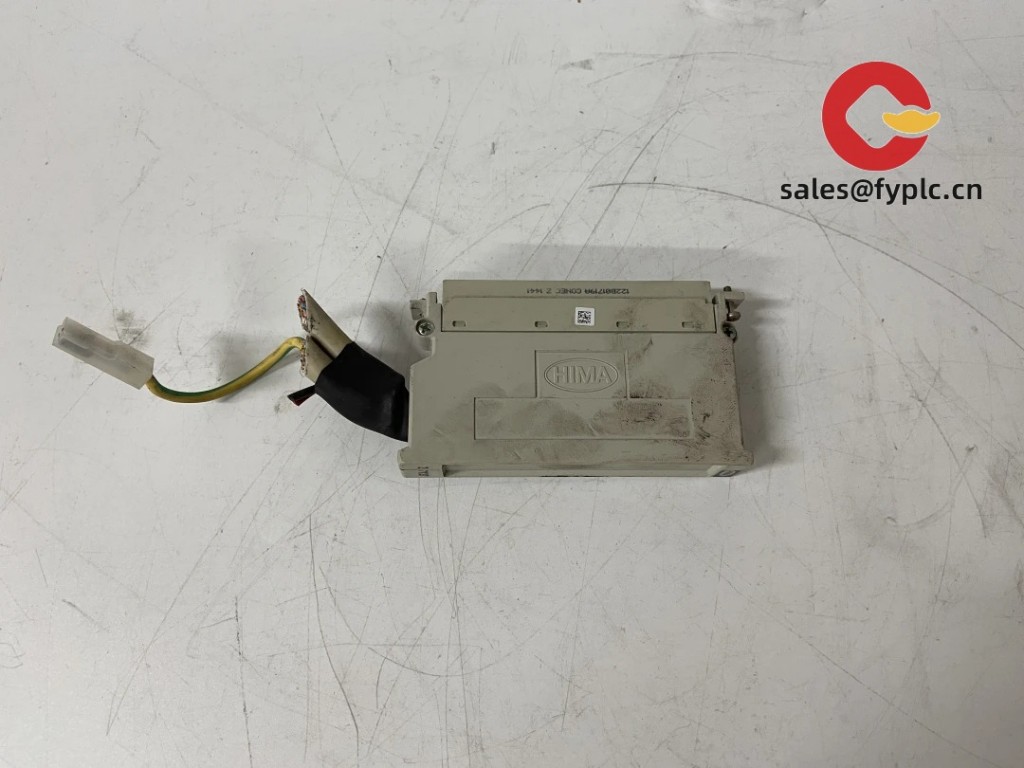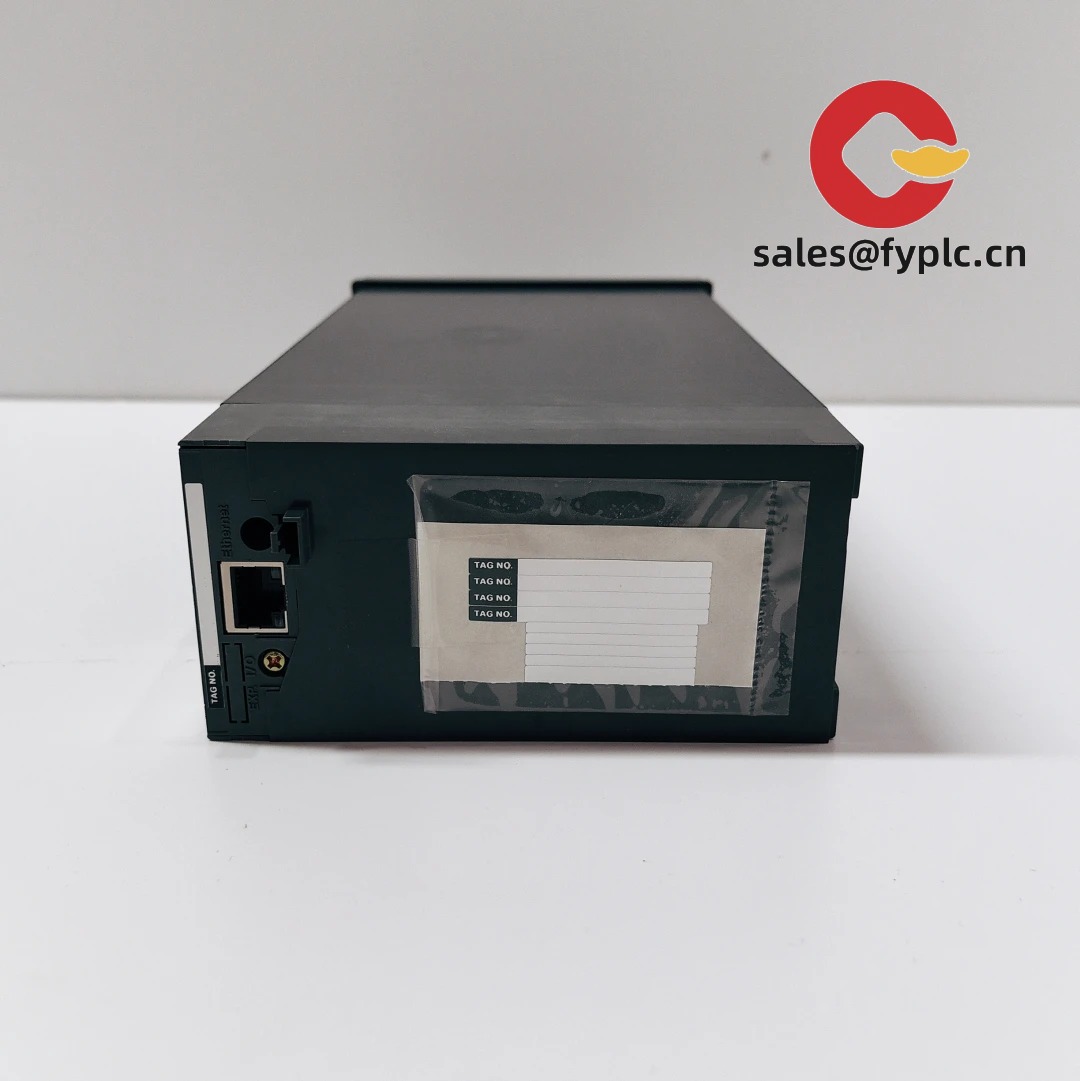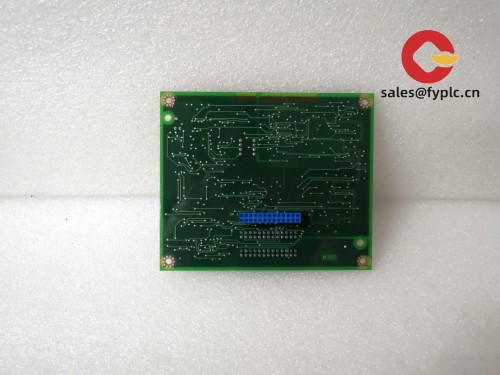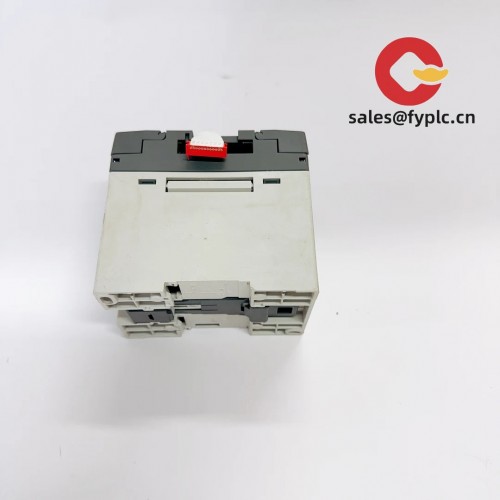Description
Yokogawa YS1700-000A34 Program Controller – Reliable ramp/soak and precision single-loop control for demanding process lines

The Yokogawa YS1700-000A34 is part of the proven YS1000 series, a panel-mounted program controller designed for thermal processing, batch operations, and any application that needs repeatable ramp/soak profiles with stable PID control. From my experience, plants choose the YS1700 when they want long-life hardware, universal I/O flexibility, and a 1/4 DIN footprint that drops right into existing panels without rework.
Company’s Order Placement Process and Guarantees
- Warranty: 365 days
- Lead time: 1 week if in stock; no more than 1 month at the latest
- Payment: 50% advance payment; full payment before delivery
- Express delivery options: FedEx, UPS, DHL
Key Features
- Ramp/Soak Program Control – Create multi-segment heating/cooling profiles for furnaces, ovens, and chambers, typically with run/hold and end actions.
- Stable PID with autotune – Helps reach setpoint smoothly and stay there, reducing overshoot in most cases.
- Universal input flexibility – Accepts TC, RTD, 4–20 mA, or DC voltage signals; easier spares strategy across lines.
- Analog and relay outputs – Drive SCRs, control valves, or contactors; assign alarms and events without extra hardware.
- Front-panel IP65 (typ.) – When properly installed with gasket, the bezel resists washdown and dust.
- 1/4 DIN panel mount – 96 × 96 mm face makes retrofits straightforward; you might notice it fits legacy cutouts well.
- Program events and digital I/O – Trigger soaks, interlocks, or external logic via discrete inputs/outputs.
- Optional RS‑485 (Modbus RTU) – For SCADA/PLC integration, trending, and recipe downloads.
- Clear operator interface – Dedicated keys and indicators streamline start/hold/stop, which operators typically appreciate on the floor.
- Long lifecycle design – Yokogawa’s YS platform is known for durability and stable supply in industrial environments.
Technical Specifications
| Brand / Model | Yokogawa YS1700-000A34 (YS1000 series Program Controller) |
| HS Code | 903289 – Automatic regulating or controlling instruments |
| Power Requirements | AC 100–240 V, 50/60 Hz (typical), approx. 15–25 VA |
| Dimensions & Weight | Front: 96 × 96 mm; Panel cutout: 92 × 92 mm; Depth: approx. 160–180 mm; Weight: approx. 1.0 kg |
| Operating Temperature | 0 to 50 °C, 20–90% RH non‑condensing (typical) |
| Signal Input/Output Types | Universal analog input (TC, RTD, 4–20 mA, DC V); analog output (4–20 mA / 1–5 V); relay outputs for control/alarm; digital inputs for run/hold/events. Configuration depends on option code -000A34. |
| Communication Interfaces | RS‑485 (Modbus RTU) optional; engineering/loader port for parameterization |
| Installation Method | Panel mount (1/4 DIN), rear terminal wiring; front bezel typically IP65 with gasket |
Application Fields
The YS1700-000A34 fits batch and thermal processes where repeatability matters and recipe changes are frequent:
- Heat treatment furnaces and kilns (ramp/soak, dwell control, recipe events)
- Industrial ovens and dryers in automotive, aerospace, and electronics
- Environmental and thermal cycling chambers with programmable profiles
- Chemical reactors and pilot plants needing staged temperature ramps
- Food sterilization/pasteurization where controlled heating curves are required
- Glass and ceramics processes with tight soak timing
Advantages & Value
- Lifecycle stability – Yokogawa hardware typically stays available and serviceable for many years, reducing redesigns.
- Drop‑in retrofits – 1/4 DIN face and common wiring conventions cut downtime on replacements.
- Universal I/O lowers spares – One controller covers multiple sensor types, which seems to be a real cost saver across lines.
- Better batch quality – Repeatable profiles mean fewer rejects and less operator intervention.
- SCADA/PLC integration – Optional Modbus RTU simplifies data logging, recipe management, and remote setpoint control.
- Support and documentation – Parameter tools and clear manuals make configuration faster for maintenance teams.
A heat‑treat shop manager told us they swapped a legacy controller with a YS1700 and kept the same panel cutout and field wiring. “We were back in production before lunch, and the ramp profiles matched our spec without chasing tuning all week.”
Installation & Maintenance
- Panel and environment – Use a 92 × 92 mm cutout; allow 50–70 mm clearance behind for wiring and airflow. Keep cabinet temperature below 50 °C with reasonable ventilation.
- Wiring practices – Shielded twisted pair for low‑level signals (RTD/TC/mA), separate from power and contactor lines. Earth ground the controller and shields at one point to reduce noise.
- Power quality – Supply clean AC 100–240 V; add a line filter/UPS where switching noise or brownouts are common.
- Safety – De‑energize circuits before servicing. Verify sensor type/range parameters match the field device to avoid mis‑control.
- Routine care – Check terminal tightness quarterly; clean bezel and vents to prevent dust buildup. Review profiles and alarm setpoints after product changes.
- Calibration – Annual input/output verification against a traceable standard is typically sufficient for most QA systems.
- Firmware/config backup – Keep a copy of configuration/recipes. If using RS‑485, consider a version-controlled profile repository.
Quality & Certifications
- CE compliant
- UL/cUL listed (typical for YS series)
- RoHS
- Manufactured under ISO 9001 quality systems
- Manufacturer’s warranty supported by a 365‑day seller warranty
Common Accessories and Supporting Components
- Panel mounting bracket and IP65 gasket (for proper bezel sealing)
- RS‑485 to USB converter for commissioning and data logging
- Signal isolators (4–20 mA) when sharing loops across multiple devices
- Matched thermocouples/RTDs with mineral‑insulated leads for high‑temp zones
- Solid state relays or SCR power controllers for heater loads
Note: The -000A34 option set defines the exact I/O mix and communications. If you share your sensor type, control output method (current/voltage/relay), and whether Modbus is needed, we’ll confirm the precise sub‑options and ship the right build.
















Reviews
There are no reviews yet.